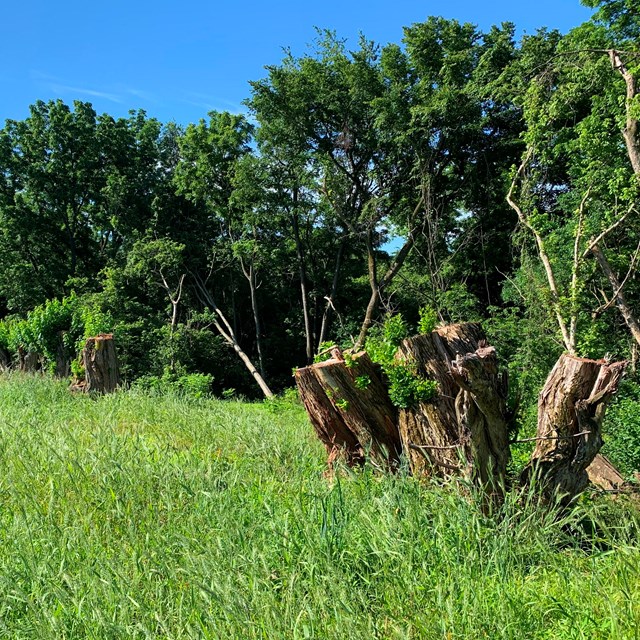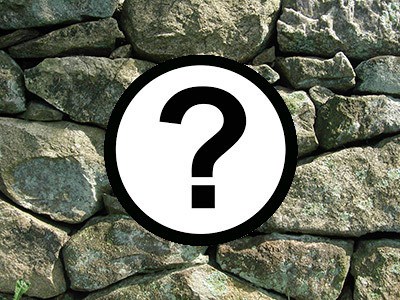Essential Guidance
Guide to Cultural Landscape Reports: Contents, Process, and Techniques
A Cultural Landscape Report (CLR) identifies the preservation goals for a cultural landscape. The CLR documents landscape characteristics and associated features, values, and associations that make a landscape historically significant, according to National Register Criteria for Evaluation. This guide is the definitive guidance document for the creation and use of CLRs.
This document presents the standards and guidelines for the treatment of cultural landscpaes for cultural landscape owners, stewards, and managers, landscape architects, engineers, contractors, and project reviewers in the planning and implementation of treatment projects.
National Register of Historic Places Criteria for Evaluation
Authorized by the National Historic Preservation Act of 1966, the National Register of Historic Places is the official list of the nation's historic places worthy of preservation. The significance of cultural landscapes is based on their eligibility and evaluation for the National Register of Historic Places.
"Management of Cultural Landscapes"
Chapter 7 of NPS-28: Cultural Resource Management Guideline describes the management of cultural landscapes by the National Park Service.
Research, Planning, and Stewardship
Technical guidance for the preservation of cultural landscapes is arranged according to the processes of research, planning, and stewardship.
Preservation Process
-
 Identify, Document, & EvaluateResearch
Identify, Document, & EvaluateResearchResearch into cultural landscapes helps define the values and associations that make them historically significant.
-
 Decisions & Resource RelationshipsPlanning
Decisions & Resource RelationshipsPlanningPark plans consider cultural landscape topics like historic land uses and the location and character of significant resources.
-
 Treatment & MaintenanceStewardship
Treatment & MaintenanceStewardshipThe NPS follows preservation standards that apply to the care and treatment of cultural landscapes.
History of Landscape Preservation
Cultural Landscape TimelineGuidance Documents
References and ReportsDocumenting Preservation Decisions
The HPPD Tool
Have a question about cultural landscape preservation?
Contact Park Cultural Landscapes Program staff by email or visit the Contact Us page.
Last updated: March 8, 2024

